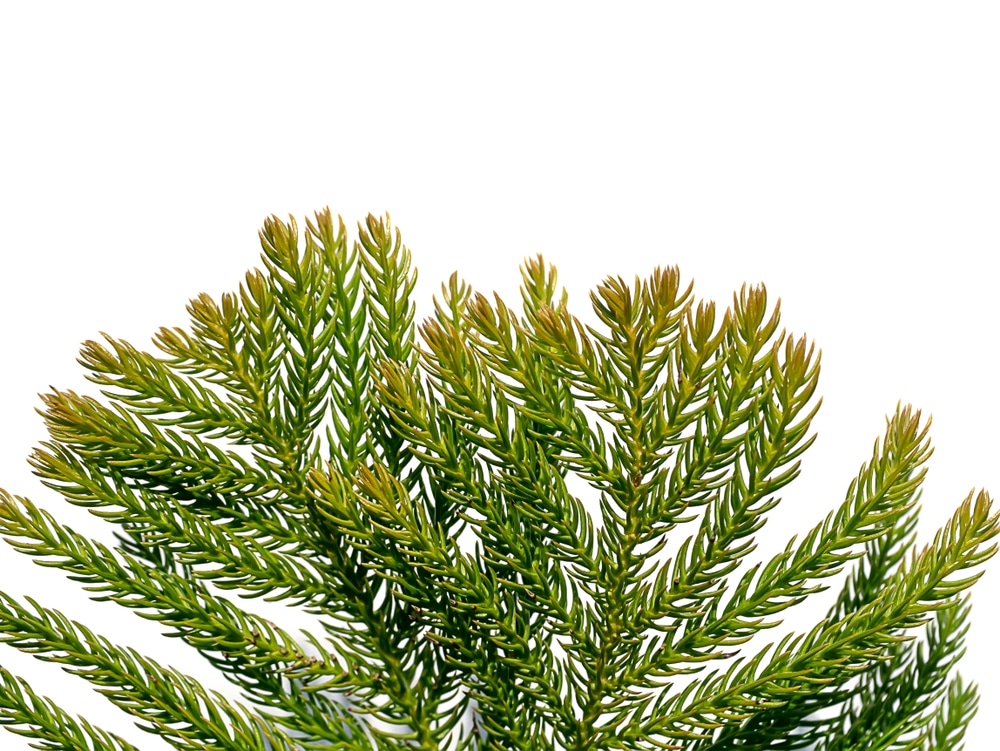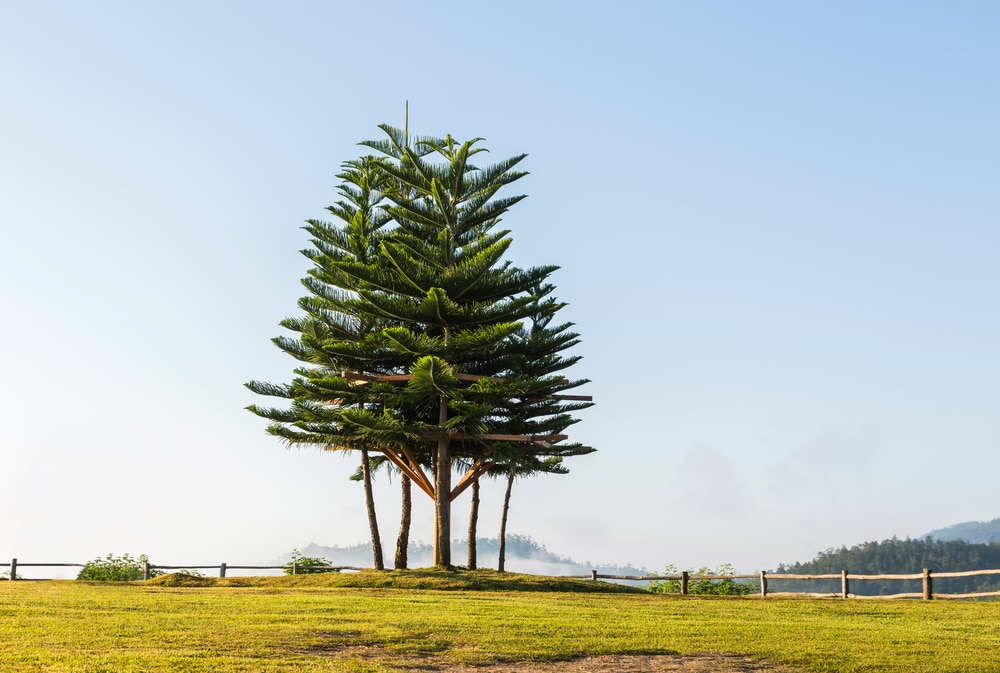Norfolk pines are tall trees that are commonly grown to be Christmas trees. The trees are common in many landscapes and are generally considered hardy. If the right growing conditions aren’t met, they are susceptible to numerous problems. This article will discuss Norfolk pine problems; we’ll look at fungal and insect issues and give you some tips to help improve the health of your trees.
Norfolk pine problems
Norfolk pine has the botanical name Araucaria heterophylla and can get very tall if grown in the right location. It’s not uncommon for trees to grow between 60 and 80 feet tall.
Root rot
Root rot is among the most common issues you may run into with your Norfolk pines. This fungal disease causes dieback and poor growth, so it’s essential to keep an eye out for symptoms like browning leaves and falling needles. You can help prevent root rot by ensuring your tree has good drainage and is not over-fertilized.
Anthracnose
Another common fungal Norfolk pine problem is anthracnose. This disease can damage pines and cause a tree to lose its needles and die.
The best way to prevent anthracnose is by watering your trees thoroughly but not excessively. Be sure to water the entire area under your tree’s canopy and not just near the trunk.
Stress
To keep your tree in the best health possible, you should avoid stressing it. This means planting your tree in a location where it gets plenty of sun and is not exposed to strong winds or cold temperatures.
Norfolk pines grow best when the temperature is between 60 and 70 F. These trees won’t survive if the temperature falls below 35 degrees Farenheight.
You may also want to try mulching around the base of your tree, as this can help protect its roots from damage and keep it insulated during times when temperatures fluctuate.
To help prevent this problem, ensure that your tree gets plenty of water during periods when it is not raining, and avoid planting the trees near busy roads, where they may be exposed to pollution and excess dirt.
Finally, if your tree is growing near other trees or plants that may cause it stress, consider thinning them out to improve air circulation and promote healthy growth.
Top-down dieback
If you notice browning or yellowing needles on your Norfolk pine, it may be a sign of top-down dieback. This can be caused by a fungus called Fusarium, which causes the tree to wilt and turn brown.
Gall midge infestation
Another issue you may run into with Norfolk pines is gall midge infestation. Gall midges are tiny pests that feed on the sap of young, succulent growth on trees like Norfolk pines. While these small insects do not typically kill the tree, they can cause damage to foliage that makes it unsightly.
You can help prevent and control gall midge infestation by maintaining healthy growth on your Norfolk pines with regular soil and air circulation and removing any damaged areas.
Bagworms
Bagworms can also be a problem for Norfolk pines, but you can help control this pest by removing any egg masses during the winter and pruning out any infested areas in the spring. You can also use insecticides to help prevent further damage.
Conclusion
Overall, taking good care of your Norfolk pines and keeping an eye out for these common problems will help ensure that you have healthy, beautiful trees in your landscape.
If you do notice any problems with your tree, take the time to consult with a horticultural professional. They can help identify what’s causing the problem and give you some tips for treating the issue or preventing future problems from occurring.

